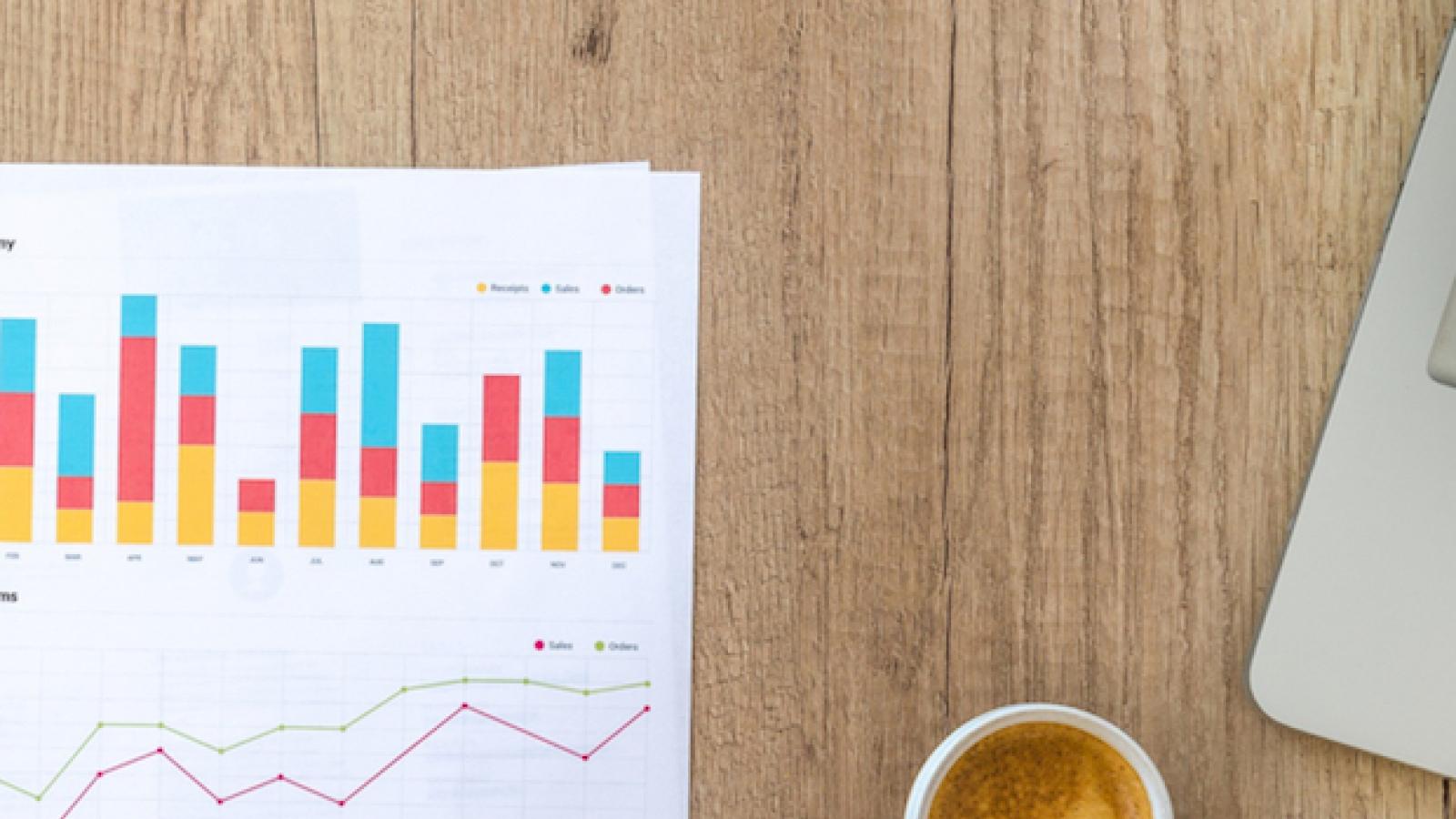Taking Note: Poetry Reading Is Up—Federal Survey Results

• Young adults have increased their lead, among all age groups, as poetry readers. Among 18-24-year-olds, the poetry-reading rate more than doubled, to 17.5 percent in 2017, up from 8.2 percent in 2012. Among all age groups, 25-34-year-olds had the next highest rate of poetry-reading: 12.3 percent, up from 6.7 percent in 2012.
• Women also showed notable gains (14.5 percent in 2017, up from 8.0 percent in 2012). As in prior years, women accounted for more than 60 percent of all poetry-readers. Men’s poetry-reading rate grew from 5.2 percent in 2012 to 8.7 percent in 2017.
• Among racial/ethnic subgroups, African Americans (15.3 percent in 2017 up from 6.9 percent in 2012), Asian Americans (12.6 percent, up from 4.8 percent), and other non-white, non-Hispanic groups (13.5 percent, up from 4.7 percent) now read poetry at the highest rates. Furthermore, poetry-reading increased among Hispanics (9.7 percent, up from 4.9 percent) and non-Hispanic whites (11.4 percent, up from 7.2 percent).
• Adults with only some college education showed sharp increases in their poetry-reading rates. Of those who attended but did not graduate from college, 13.0 percent read poetry in 2017, up from 6.6 percent in 2012. College graduates (15.2 percent, up from 8.7 percent) and adults with graduate or professional degrees (19.7 percent, up from 12.5 percent) also saw sizeable increases.
• Urban and rural residents read poetry at a comparable rate (11.8 percent of urban/metro and 11.2 percent of rural/non-metro residents).
Reviewing the data about young adults who read poetry, I couldn’t help but recall the 2006 founding of Poetry Out Loud, a program cosponsored by the National Endowment for the Arts and the Poetry Foundation, and administered in partnership with the state arts agencies of all 50 states, the District of Columbia, the U.S. Virgin Islands, and Puerto Rico. More than 300,000 students from more than 2,300 high schools around the country participate in this poetry recitation competition. Last April, champions from 53 states and territories competed in the National Finals here in D.C. This year’s winner was high school senior Janae Claxton from the First Baptist School of Charleston, South Carolina. Janae and her fellow contestants should be ample proof that the genre continues to thrive, but it’s good to see the numbers. I also spoke about the findings with Amy Stolls, NEA Director of Literature. “These increases definitely reflect what we’ve been witnessing over in our corner of the office,” Amy told me. “I suspect social media has had an influence, as well as other robust outreach activities and efforts, many of which we support through our grants to publishers and presenters, fellowships to individual poets, Poetry Out Loud, and the NEA Big Read.” Each year, the NEA Big Read supports community reading programs in approximately 75 communities nationwide, and includes poetry books such as Joy Harjo’s How We Became Human and Adrian Matejka’s The Big Smoke in the available titles. Complete results from the 2017 SPPA will be rolled out over the next several months, beginning with findings about arts attendance and reading habits. Subsequent reports will address arts creation, arts consumption via digital media, and other arts-participation topics. The raw data itself, along with technical documentation, will be posted to the NEA’s National Archive of Data on Arts & Culture, so that researchers and policymakers everywhere may dig deeper into these and other findings. Stay tuned!



